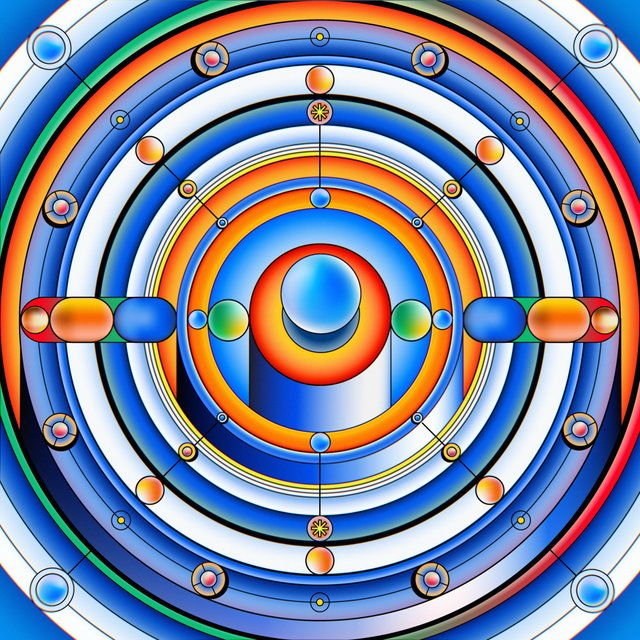Artificial Intelligence vs Human Intelligence
Yes, AI can replace some functions of human beings, and it already has in many areas. The ability of AI to analyze large amounts of data, recognize patterns, and make predictions based on that data has made it invaluable in many industries.
Here are some examples of functions that AI can replace:
- Repetitive or mundane tasks: AI can take over repetitive and mundane tasks, such as data entry or sorting, freeing up humans to focus on more complex and creative work.
- Customer service: AI-powered chatbots are already being used to handle routine customer service inquiries, such as answering FAQs or providing product information. These bots can quickly and efficiently respond to customer queries, leaving more complicated issues to be handled by human customer service representatives.
- Data analysis: AI can analyze large amounts of data faster and more accurately than humans can. This makes it an excellent tool for data analysis, which is essential in many fields, such as finance, healthcare, and marketing.
- Manufacturing and production: AI can take over many tasks in manufacturing and production, such as quality control or assembly line work. This can increase efficiency and reduce costs for businesses.
However, it's important to note that AI cannot replace all functions of human beings, especially those that require empathy, creativity, and critical thinking. Jobs that involve human interaction, such as healthcare, teaching, and counseling, require a personal touch that AI cannot provide.
In summary, AI has the potential to replace many functions of human beings, especially those that are repetitive or data-driven. However, it cannot replace all functions, and there will always be a need for human skills such as empathy, creativity, and critical thinking.
- Natural Language Processing (NLP): AI can be used to analyze and understand human language, which can be used in chatbots, virtual assistants, and other communication applications.
- Image and Video Processing: AI can be used to analyze and interpret images and videos, such as in facial recognition or object detection software.
- Data Analytics: AI can be used to analyze large datasets and find patterns and insights that would be difficult for humans to identify.
- Personalization: AI can be used to create personalized experiences for customers, such as personalized product recommendations or targeted marketing campaigns.
- Automation: AI can be used to automate routine and repetitive tasks, such as data entry or quality control, freeing up human employees to focus on more complex and creative work.
- Predictive Analytics: AI can be used to make predictions based on historical data, such as predicting customer behavior or market trends.
- Healthcare: AI can be used in healthcare to analyze medical data and provide insights that can improve patient care and outcomes.
These are just a few examples of how AI can be used, and there are countless other applications. However, it's important to use AI responsibly and ethically, and to consider the potential impacts on privacy, security, and employment.
The use of AI for content creation has become increasingly popular in recent years, with AI-generated articles, videos, and music becoming more common. AI can be used to create content in a variety of ways, such as generating headlines, writing news articles, and even creating entire novels.
One of the benefits of using AI for content creation is that it can be done quickly and efficiently, without the need for human intervention. This can be especially useful for generating large volumes of content, such as in newsrooms or marketing departments.
However, there are also some potential drawbacks to using AI for content creation. For example, AI-generated content may lack the creativity and nuance that comes from human thought and experience. It may also struggle to understand and incorporate the cultural or emotional context of a piece of content, which could lead to insensitive or inappropriate output.
Another concern is the potential impact on employment in the creative industries. If AI becomes advanced enough to generate high-quality content, it could potentially replace human content creators, leading to job loss and unemployment.
In summary, the use of AI for content creation has its benefits and drawbacks. While it can be useful for generating large volumes of content quickly and efficiently, it may lack the creativity and nuance of human-generated content. Additionally, there are concerns about the potential impact on employment in the creative industries. Ultimately, the decision to use AI for content creation should be based on the specific needs and goals of the organization, and it should be used responsibly and ethically.

You've got a free upvote from witness fuli.
Peace & Love!
Thank you very much
Tomemos un nuevo impulso en la cadena de bloques para sobresalir en el reto y obtener las mejores ganancias dentro de la competencia. Exitazos reiterados para ti en tu artículo publicado.
¿Puedo escribir para ti y tú me ayudas a publicar en tu espacio para generar ingresos para ayudar a mi familia?